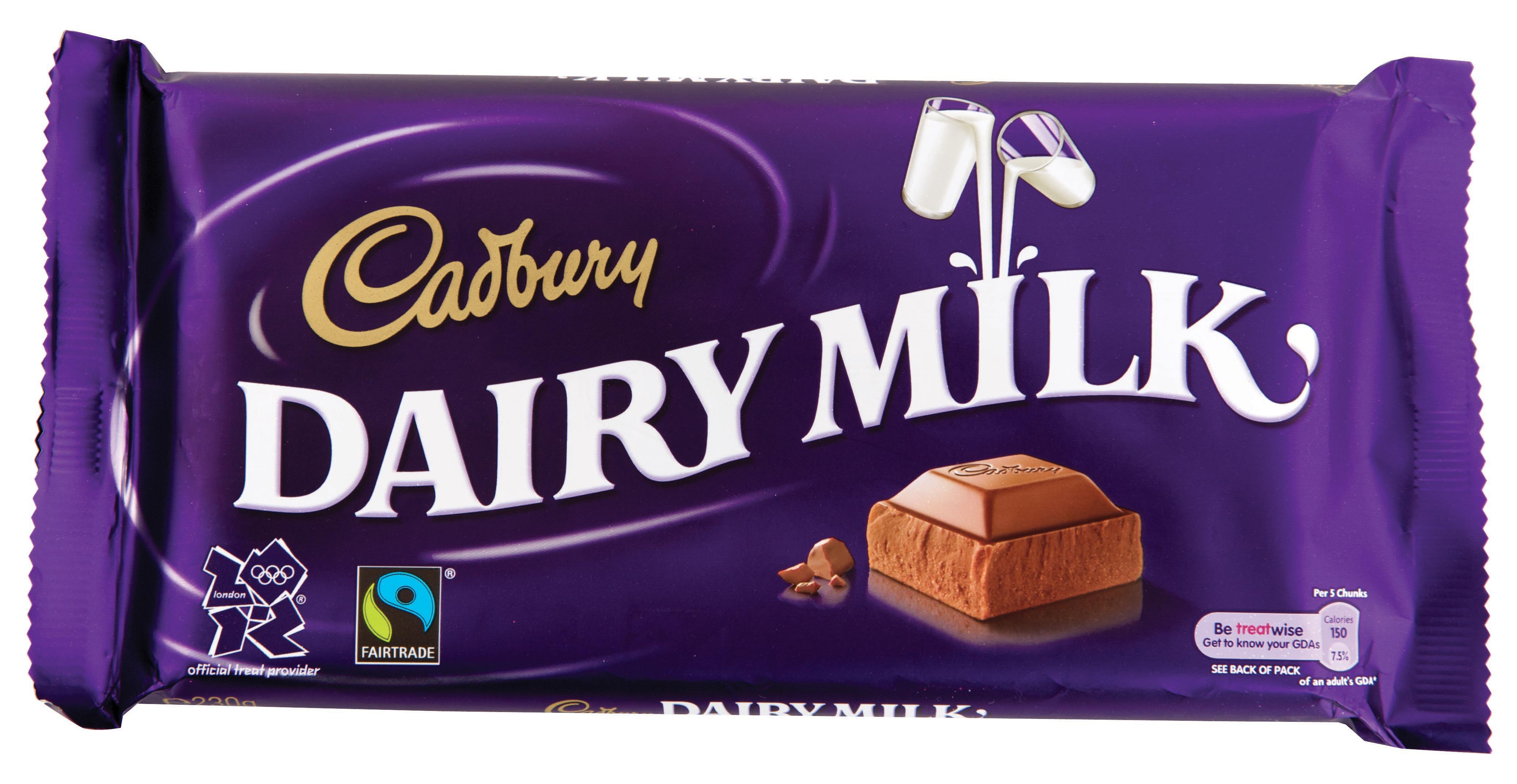The Make up of Chocolate
The Make up of Chocolate
As much as I would like it to, chocolate does not simply come ready to eat off a tree. Most people do not know about the complex procedures required to make chocolate.
First of all, let's get the terminology right. According to Smithsonian.com 'most experts these days use the term 'cacao' to refer to the plant or it's beans before processing while the term 'chocolate' refers to anything made from the beans. 'Cocoa' generally refers to chocolate in powdered form.'
Cacao trees grow in hot tropical areas within 20 degrees of latitude from the Equator. Harvest occurs over several months and in many countries cacao can be harvested all year round. Cacao beans grow in pods that sprout off the tree. These pods are green and turn yellow when ripe. They have to be harvested by hand using machetes and hooked blades mounted on a long poles, as machines would damage the trees. It can take approximately 3 years for a cacao tree to be fruitful enough to harvest the pods.
The cacao pod has a 'rough, leathery rind about 2-3 cm thick with a sweet lemon like pulp'
that encloses the beans. Each pod can contain upwards of 50 beans. After harvesting, the pulp and cacao beans are removed and the rind is discarded. The beans are now fermented in shallow heated trays or by covering them with banana leaves. The beans turn brown during fermentation. After this the beans are dried in trays in the sun. It takes about a week. The beans lose half their original weight in the drying process.
 |
| https://upload.wikimedia.org/wikipedia/commons/thumb/e/e3/Cocoa_beans_in_cocoa_pod_at_El_Trapiche%2C_Costa_Rica.jpg/220px-Cocoa_beans_in_cocoa_pod_at_El_Trapiche%2C_Costa_Rica.jpg |
 |
| http://africacountryproject.wikispaces.com/file/view/cocoa%20beans.jpg/404692894/244x179/cocoa%20beans.jpg |
The beans are then transported to chocolate factories. The manufacturers roast the cacao beans to bring out their flavour and colour. The roasting removes the outer shell of the bean leaving behind cacao 'nibs'. These nibs are then sorted according to size by passing them through sieves. This is called 'winnowing'. The nibs are then ground into a chocolate liquor or paste. The liquor paste is then processed into chocolate by adding in cocoa butter and sugar. Sometimes vanilla and lecithin is also added. In milk chocolate, condensed milk or powdered milk is added. The substance is then refined and tempered before being moulded into different shaped moulds. 300-600 cacao beans are used to make 1kg of chocolate.
 |
| https://upload.wikimedia.org/wikipedia/commons/9/9d/Chocolate_melanger.jpg |
 |
| https://media.boingboing.net/wp-content/uploads/2013/10/cadbury-dairy-milk-v2.jpg |
Is the end product worth all the work that goes into making it? I'll let you decide.
Comments
Post a Comment